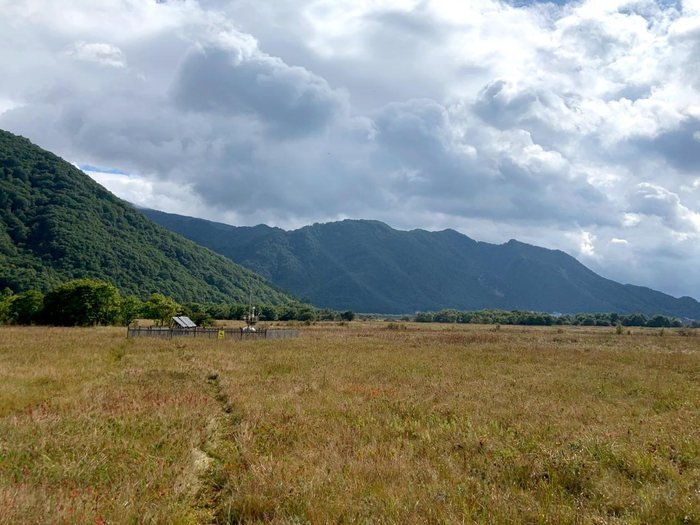Wetland ecosystems are considered to be the most significant and prolific natural methane (CH4) sources. CH4 has been constantly flowing in and out of such regions (flux), and that flow fluctuates in a periodic manner. Methanotrophs (methane consumers) and methanogens (methane producers) are microorganisms that impact CH4 fluxes in wetlands.

Image Credit: HelloRF Zcool/Shutterstock.com
The mutual or symbiotic relationship present between methanogens and methanotrophs is yet to be clearly understood. Biologists and atmospheric scientists see a crucial chance to investigate methanogen and methanotroph population co-occurrence patterns and their impacts on natural CH4 fluxes.
Professor Jiwen Ge and his group members representing the Laboratory of Basin Hydrology and Wetland Eco-Restoration, the Wuhan/Hubei Key Laboratory of Wetland Evolution and Ecological Restoration, and the Wuhan/Institution of Ecology and Environmental Sciences learned about the variables that impact seasonal changes between methanogenic and methanotrophic communities and wetland CH4 emissions.
With the help of biological (phylogenetic) network analysis, the scientists identified a keystone species that plays a crucial role in reducing CH4 fluxes. The study was published in the journal Advances in Atmospheric Sciences.
An eddy covariance (EC) system was adopted by the researchers and was utilized to study micro climatological gas exchange and examine seasonal methane flux data. EC systems have the potential for long-term (years or even decades) CH4 flux measurements without disturbing the encircling surrounding.

The eddy covariance system (left center) installed in Dajiuhu subalpine peatland in Shennongjia, central China’s Hubei Province. Image Credit: Jiwen Ge’s team.
Furthermore, the researchers identified the keystone CH4 mediating microorganism species with the help of phylogenetic molecular ecological network (pMENs) analysis. Biologists normally utilize this to identify a group of organisms’ evolutionary growth and their features.
The researchers integrated the methanogenic and methanotrophic pMENs to examine how the functions of methanogenic and methanotrophic communities act in a different manner season-to-season.
Together with the pMENs, they utilized the correlation analysis technique to illustrate the interrelationships amongst numerous environmental factors. This includes CH4 fluxes and methane metabolic microbials.
The study offered considerable proof that describes the seasonal patterns and microbial driving mechanisms of CH4 emissions in wetlands. Such data can offer scientific assistance for wetlands management and sustainable, carbon-neutral development next to such biodiverse regions.
To be set for future research, the team is assessing and examining methane fluxes over long-term periods (five years or more). Deeper research, including metagenomic sequencing (multiple communities of organisms), is required to examine the effect of microbials on methane fluxes.
Journal Reference
Wang, L., et al. (2022) The Synergism between Methanogens and Methanotrophs and the Nature of their Contributions to the Seasonal Variation of Methane Fluxes in a Wetland: The Case of Dajiuhu Subalpine Peatland. Advances in Atmospheric Sciences. doi.org/10.1007/s00376-021-1255-z.